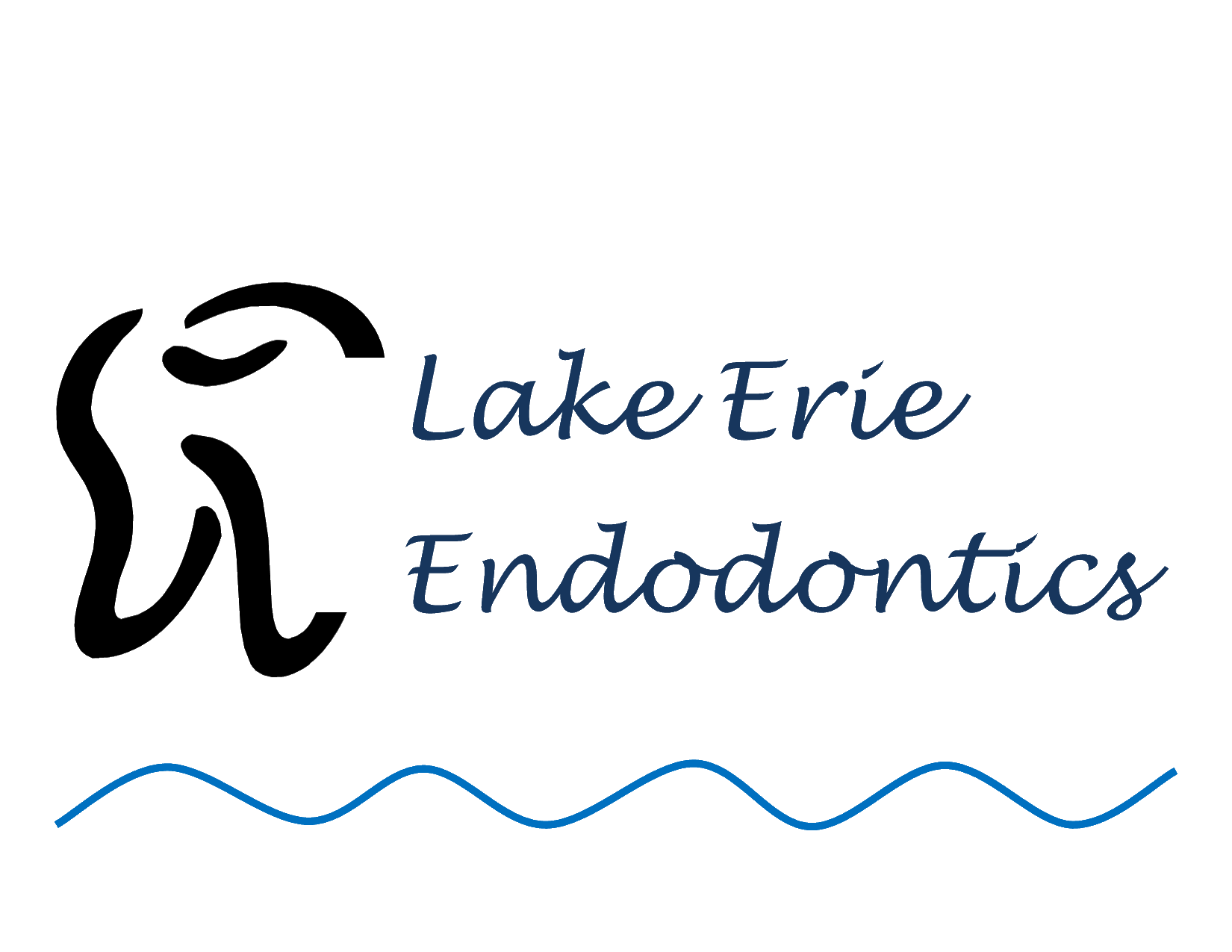Frequently Asked Questions
What is Endodontics?
Endodontics is the branch of dentistry that is concerned with the morphology, physiology and pathology of the human dental pulp and periradicular tissues. Its study and practice encompass the basic clinical sciences including biology of the normal pulp; the etiology, diagnosis, prevention and treatment of diseases and injuries of the pulp, and associated periradicular conditions.
The scope of endodontics includes, but is not limited to, the differential diagnosis and treatment of oral pain of pulpal and/or periradicular origin; vital pulp therapy, such as pulp capping and pulpotomy; nonsurgical treatment of root canal systems with or without periradicular pathosis of pulpal origin and the obturation of these root canal systems; selective surgical removal of pathologic tissues resulting from pulpal pathosis; repair procedures related to such surgical removal of pathologic tissues; intentional replantation and replantation of avulsed teeth; surgical removal of tooth structure, such as root-end resection, hemisection, bicuspidization and root resection; root-end filling; endodontic implants; bleaching of discolored dentin and enamel; retreatment of teeth previously treated endodontically; and treatment procedures related to coronal restorations by means of post and/or cores involving the root canal space.
The endodontic specialist is responsible for the advancement of endodontic knowledge through research; the transmission of information concerning the most recent advances in biologically acceptable procedures and materials; and the education of the public as to the importance of endodontics in keeping the dentition in a physiologically functional state for the maintenance of oral and systemic health.
Who performs Endodontic Treatment?
All dentists, including your general dentist, receive basic training in endodontic treatment in dental school. General dentists often refer patients needing endodontic treatment to endodontists.
Who is an Endodontist?
An endodontist is a dentist with special training in diagnosing and treating problems associated with the inside of the tooth. They do only endodontic procedures in their practices because they are specialists. To become specialists, they complete dental school and an additional two or more years of advanced training in endodontics, one of the nine specialties recognized by the American Dental Association. They perform routine as well as difficult and very complex endodontic procedures, including retreatment of previous root canals that have not healed completely, as well as endodontic surgery. Endodontists are also experienced at finding the cause of oral and facial pain that has been difficult to diagnose.
What is Endodontic Treatment?
“Endo” is the Greek word for “inside” and “odont” is Greek for “tooth.” Endodontic treatment treats the inside of the tooth.
To understand endodontic treatment, it helps to know something about the anatomy of the tooth. Inside the tooth, under the white enamel and a hard layer called the dentin, is a soft tissue called the pulp. The pulp contains blood vessels, nerves, and connective tissue and creates the surrounding hard tissues of the tooth during development.
The pulp extends from the crown of the tooth to the tip of the roots where it connects to the tissues surrounding the root. The pulp is important during a tooth’s growth and development. However, once a tooth is fully mature it can survive without the pulp, because the tooth continues to be nourished by the tissues surrounding it.
Why would I need an Endodontic Procedure?
Endodontic treatment is necessary when the pulp, the soft tissue inside the root canal, becomes inflamed or infected. The inflammation or infection can have a variety of causes: deep decay, repeated dental procedures on the tooth, or a crack or chip in the tooth. In addition, an injury to a tooth may cause pulp damage even if the tooth has no visible chips or cracks. If pulp inflammation or infection is left untreated, it can cause pain or lead to an abscess.
